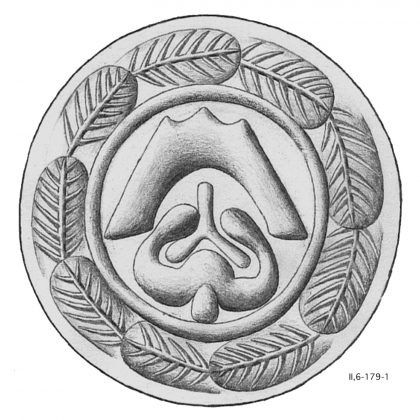John Tuomey’s ‘Bringing Heaven Down to Earth: Reading the Plan of Ronchamp’, CICA 2020 Winner
In celebration of its recent announcement as a recipient of the 2020 CICA Pierre Vago Journalism Award, we take a look at John Tuomey’s insightful article, ‘Bringing Heaven Down to Earth: Reading the Plan of Ronchamp’, published in issue 23:1 of arq: Architectural Research Quarterly.
As contemporary practice re-reads the archive of historical architecture, John Tuomey reflects on Le Corbusier’s Chapel de Notre Dame-du-Haut at Ronchamp, asking how can we pay attention to what Robin Evans once called ‘the small poetic voice of modern architecture’?
“Consciously designed buildings exist in some kind of silent conversation with those that have gone before. Their interdependent narrative is a factor of the secret life of architecture. Any deliberate design, if it is a good one, embodies the memory of its author’s experience of architecture.”
In his award-winning article, Tuomey explores how he embodies his own experience of the Chapel at Ronchamp, gained through study visits and engagement with the media of architectural production, particularly drawings which make particular forms of abstraction possible.
Tuomey draws from Corbusier’s claim that ‘to be an Architect is nothing, you have to be a Poet’, reading the Chapel through Corbusier’s own poetic intentions and in the light of the other works and architects forming its context. He reflects on the building, which remains prominent in the mind: offering “levels of residual friction [that] provide the necessary purchase for patient enquiry”.
Tuomey navigates his shifting and evolving experience of the Chapel. Catching first sight in the university library early in architectural education: “At that time, I wasn’t ready to take on the challenge of Ronchamp. Seen only in books it looked gawky, lopsided, and raw. To my inexperienced eye, compared to the taut elegance of the white purist works, it seemed weakened by not being sharply honed to prismatic perfection.” Later he understands the Chapel as a release from the right angle, recounting Robin Evans’ final lecture, held at the AAI in Dublin in 1993 and improvised due to a malfunctioning carousel projector. “Robin Evans mesmerised his Merrion Square audience that night; his slow-to-start, gathering presentation culminated in a taperecorded excerpt of Xenakis’s music, a soundtrack of undulating rhythms blaring out over the final slides of strong shadows slanting across the floors of La Tourette.” Evan’s study revealed the straight lines and measured geometries concealed within the curves at Ronchamp.
These interactions with the Chapel, grasped from distance through the drawings, prompt a reflection of the media that acts as a score to guide construction while exerting agency on the author. Tuomey considers the nature of differing drawing types – the plan given as a horizontal section – a highly abstracted document unencumbered by gravity, in contrast to the section as a secondary drawing – anchored to the vertical orientation while conveying the weight and material fabric of the building.
Tuomey reaffirms the sensations conjured by drawings, which are “open and incomplete, like a frayed edge which allows us to examine how carefully its fabric is woven” through first-hand experience of the building during visits. The “sloping floor anchors our awareness of gravity, our sense of belonging to the territory of the place. Lines on the floor are a second level of detail, the primary sensation is the more subtle realisation that the tilted plain we stand on is the natural ground of the site itself.”
John Tuomey’s article ‘Bringing heaven down to earth: reading the plan of Ronchamp’, published in issue 23.1 of arq: Architectural Research Quarterly, is now free to read at the Cambridge Core website.
Tuomey, John
Bringing Heaven Down to Earth: Reading the Plan of Ronchamp
arq: Architectural Research Quarterly, Vol. 23, Issue 1, Cambridge University Press, Cambridge 2019.
arq: Architectural Research Quarterly , Volume 23 , Issue 1 , March 2019 , pp. 8 – 19





